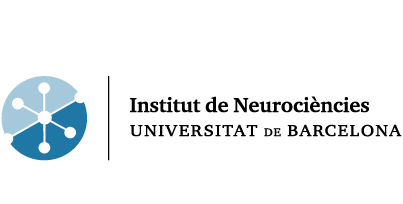JOAN LÓPEZ-MOLINER
Position: Professor titular
Research team
Angels Colome Gonzalez
Associate Professor
angels.colome (at) ub.edu
Matthias Sven Keil
Senior postdoc (Ramón y Cajal fellow)
matskeil (at) ub.edu
Elisabet Tubau Sala
Associate Professor
etubau (at) ub.edu
Daniel Linares Herreros
Postdoctoral Researcher
linares(at) ub.edu
David Aguilar Lleyda
Early stage researcher
daguilar (at) ub.edu
Clara Cámara López
Early stage researcher
clara.camara (at) ub.edu
Elisabeth Knelange
Early stage researcher
l.knelange(at) ub.edu
Björn Jörges
Early stage researcher
b_jorges(at) ub.edu
Contact details
Dr. Joan López-Moliner
Department of Psicologia Bàsica
Faculty of Psychology, Passeig de la Vall d’Hebron 171
08035 Barcelona (Spain)
+34 933125143
j.lopezmoliner (at) ub.edu
Research Interests
We address how people make optimal decisions at different levels (sensory, motor and cognitive) in complex and rich environments. First, optimal decision making depends on people encoding and decoding sensory information reliably. We then study how humans decode this sensory information to reflect the 3D layout of the environment in order to unfold motor actions more efficiently. Second, we address how motor predictions are integrated with sensory feedback information (e.g. visual, proprioceptive, auditory) in order to make the necessary motor adjustments to accomplish the goals: minimizing errors or maximizing gains. From optimality frameworks we can then characterize the underlying processes that lead to optimal decisions from a computational point of view. Finally, the same principles are used to approach decision making at a more central level (e.g. cognitive tasks).
Current Research Lines
- Sensorimotor timing and its optimization
- Decision Making and Gain/value representation in perception/action
- Spatial attention and perception
- Number processing
- Eye movements in Cognitive processing
Technologies/methods
- Psychophysics and sensory measurements.
- Design of 3D visual stimulation and virtual reality.
- Behavioural/cognitive measurements.
- 3D Motion tracking and eye tracking in complex environments.
- Computational modelling, Kalman filters, diffusion processes.
Highlighted publications
· Jörges, B. J. and López-Moliner, J. (2017). Gravity as a strong prior: Implications for perception and action. Frontiers in Human Neuroscience, 11:203.
· de la Malla, C., and López-Moliner, J. (2015). Predictive plus online visual information optimizes temporal precision in interception, Journal of Experimental Psychology: Human Perception & Performance, 41(5):1271-80.
· Cameron, B. D., de la Malla, C., and López-Moliner, J. (2015). Why do movements drift in the dark? Passive versus active me- chanisms of error accumulation, Journal of Neurophysiology, 114(1):390-9.
· Johnson E. D, Tubau E. (2015). Comprehension and computation in Bayesian problem solving. Front Psychol. 27;6:938.
· Keil MS (2015) Dendritic Pooling of Noisy Threshold Processes Can Explain Many Properties of a Collision-Sensitive Visual Neuron. PLoS Computational Biology 11(10): e1004479.



